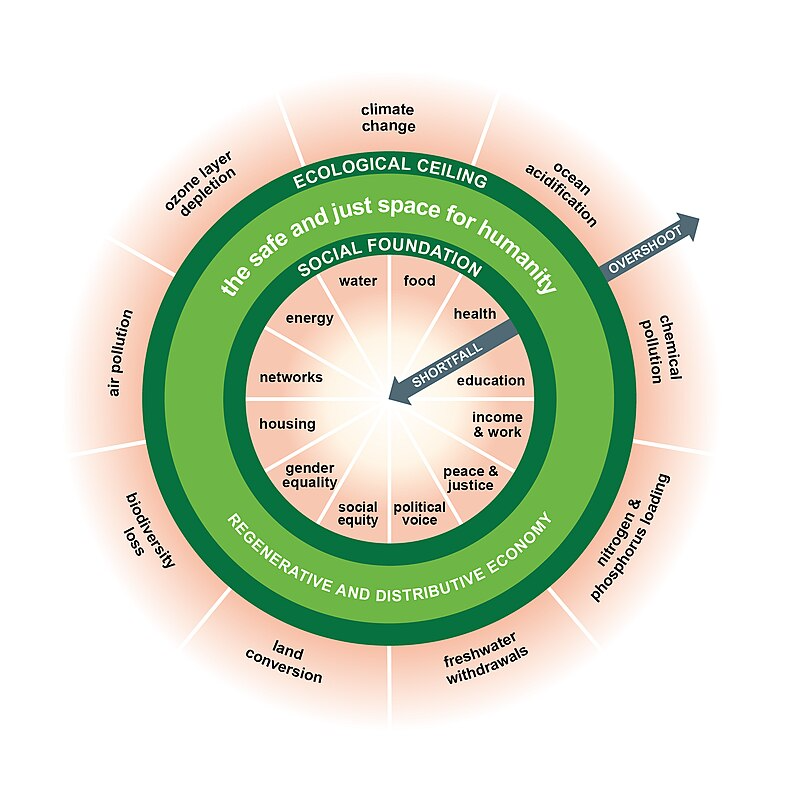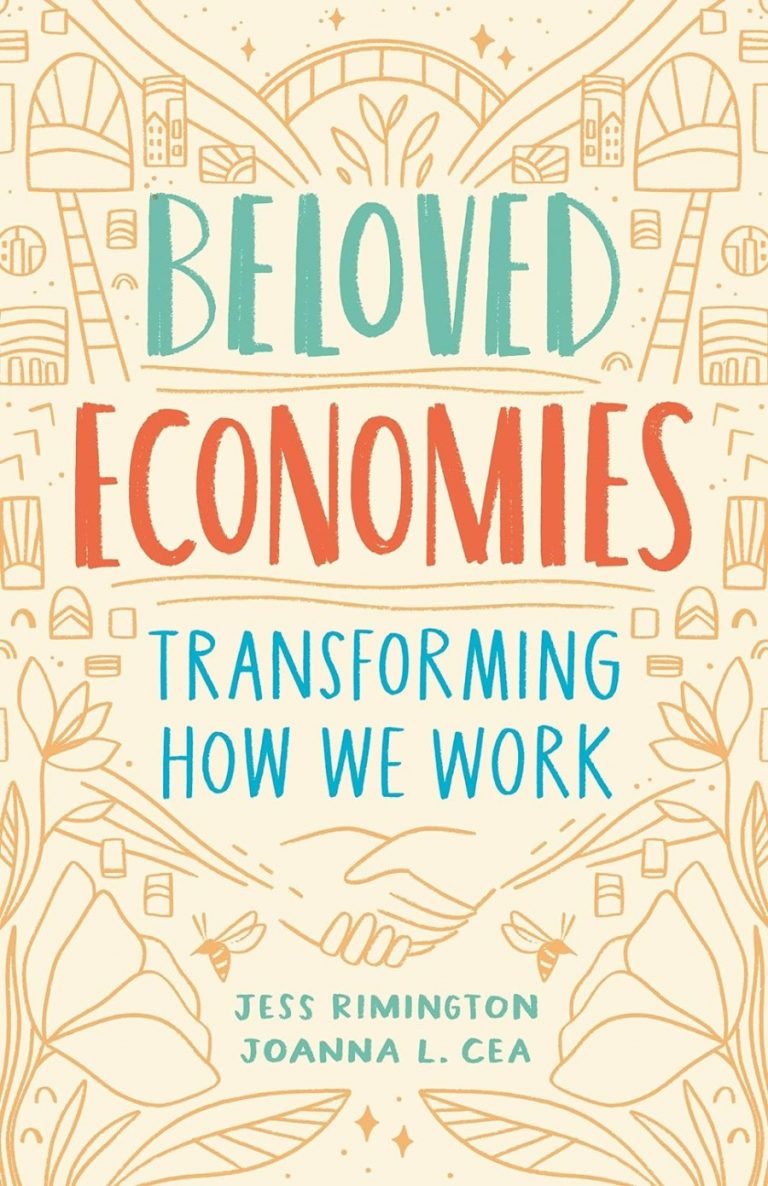
Doughnut economics, a term shaped by economist Kate Raworth, argues for an economy that meets everyone’s needs within the planet’s limits. Imagine a ring (the doughnut): the inner edge is the social foundation, like food, housing and health. The outer edge is the environmental ceiling—if we break through it, we damage the planet.
A circular economy keeps resources in use for as long as possible, fixes items instead of throwing them away, and recycles everything it can. Local economies cut down on shipping and waste, support small farms and businesses, and share goods and services within communities.
Look at all the hoo-ha around the US trade tariffs. If we made things locally and supported each other (from food to manufacturing), we not need to worry about any foreign tariffs, we could look after ourselves.
‘Sustainability in all things’ should be our species’ philosophy. The Doughnut Model our compass for the journey. Sir David Attenborough
Our challenge is to ensure that no-one falls short on life’s essentials (from food and housing to healthcare and political voice), while ensuring that collectively we do not overshoot our pressure on Earth’s life-supporting systems on which we depend, such as a stable climate, fertile soils and a protective ozone layer. Kate Raworth
The ‘Doughnut’ Consists of Addressing nine ‘planetary boundaries:
- Climate change
- Ocean acidification
- Ozone layer depletion
- Chemical pollution
- Nitrogen & phosphorus (pollution leads to algal blooms)
- Freshwater withdrawals
- Land conversion
- Biodiversity loss
- Air pollution
Then we look at how areas of life can be used to ‘downsize the doughnut’ so we lead good lives, while protecting the planet and all creatures:
- Water
- Food
- Energy
- Health
- Education
- Income & Work
- Peace and justice
- Political Voice
- Social equity
- Housing
- Networks (communities)
- Gender equality
Some economists critique doughnut economics as ‘flowery and appealing’ but not based in reality. That’s not the point. It’s a visionary term for something more akin to how businesses and governments need to aspire to, in order to avoid environmental catastrophe.
A good example would be the recent relaxing of laws, that will build affordable homes on green belt land. Yes of course affordable homes are needed. But instead of building concrete homes on land that will devastate our native wildlife, they could be built from straw bale (waste from the farming industry that is presently burned to create climate emissions) on brownfield land that is presently sitting vacant.






